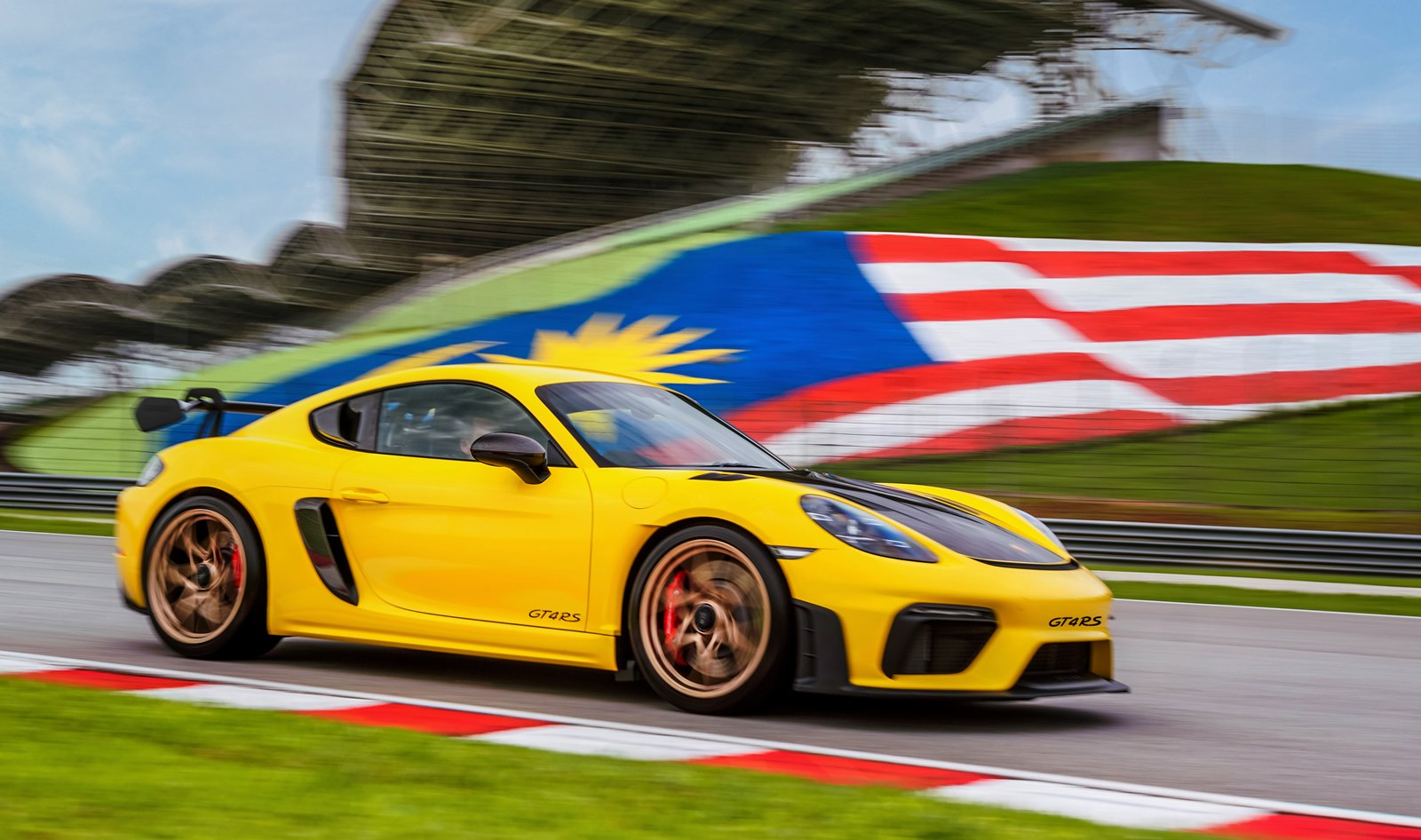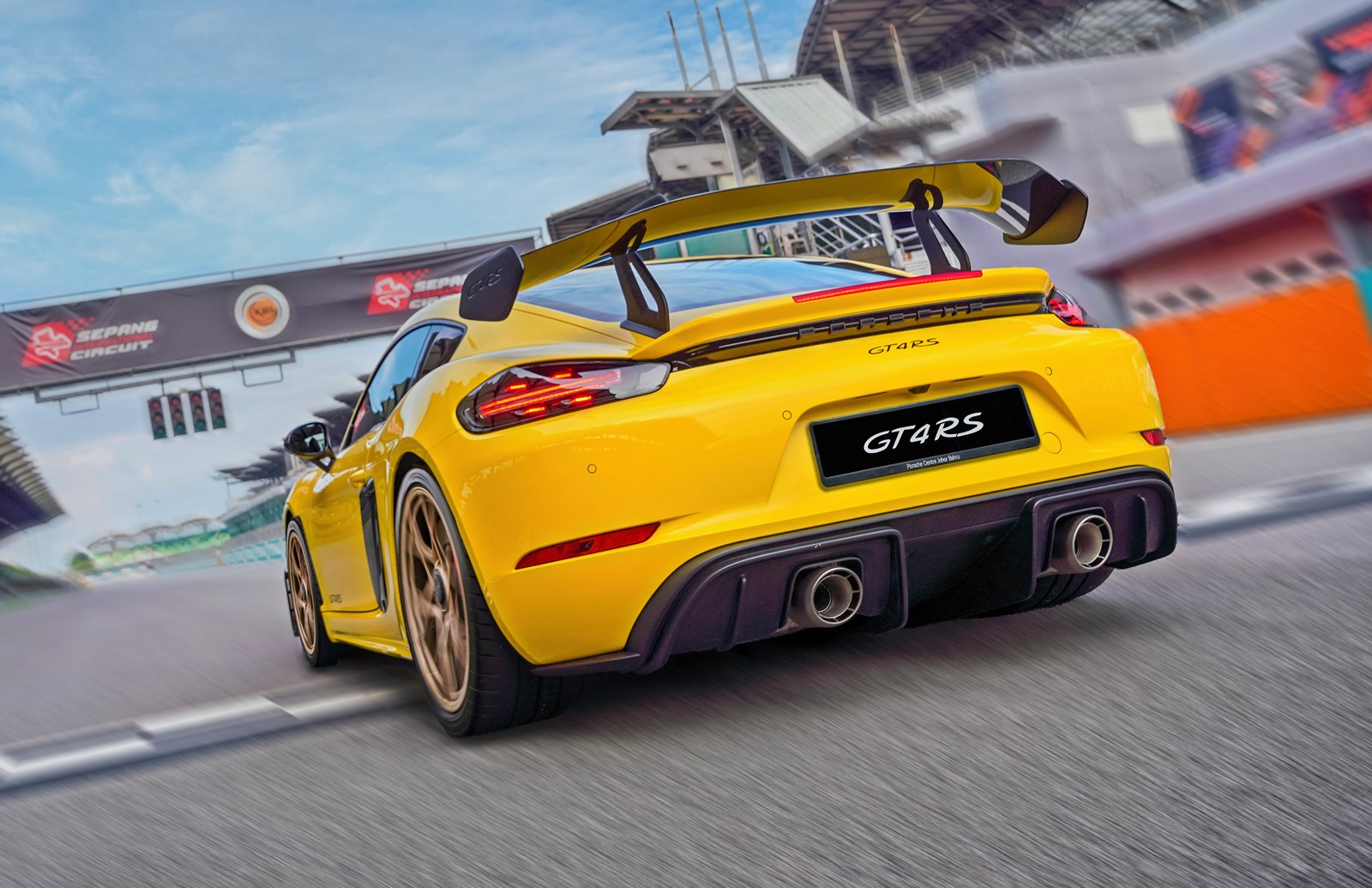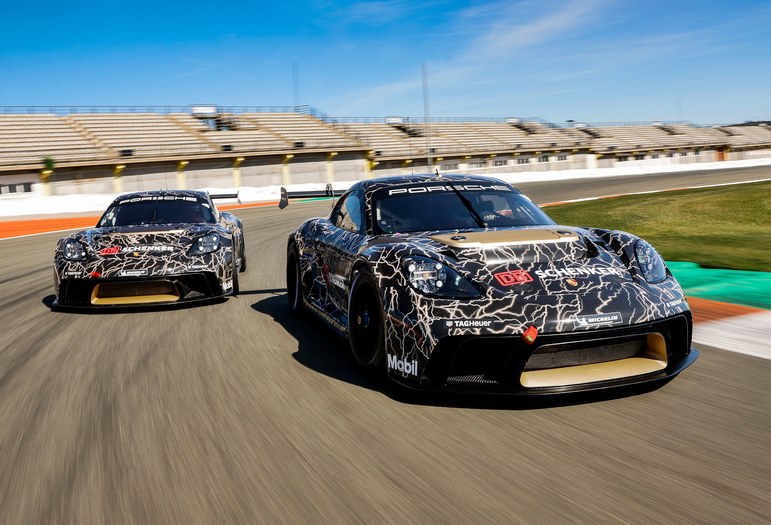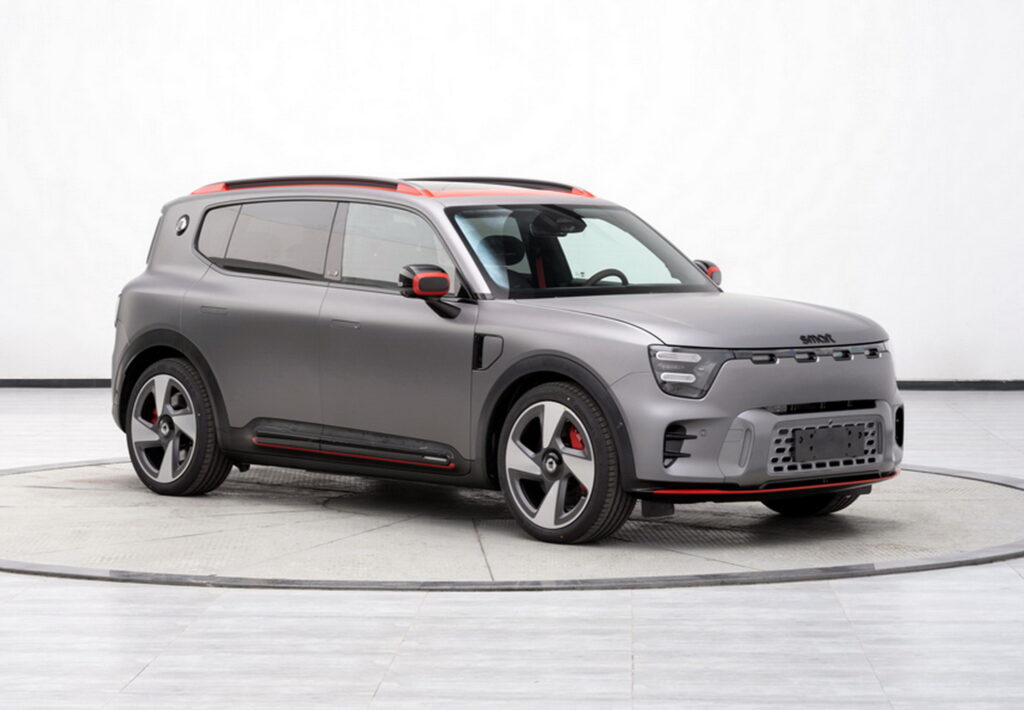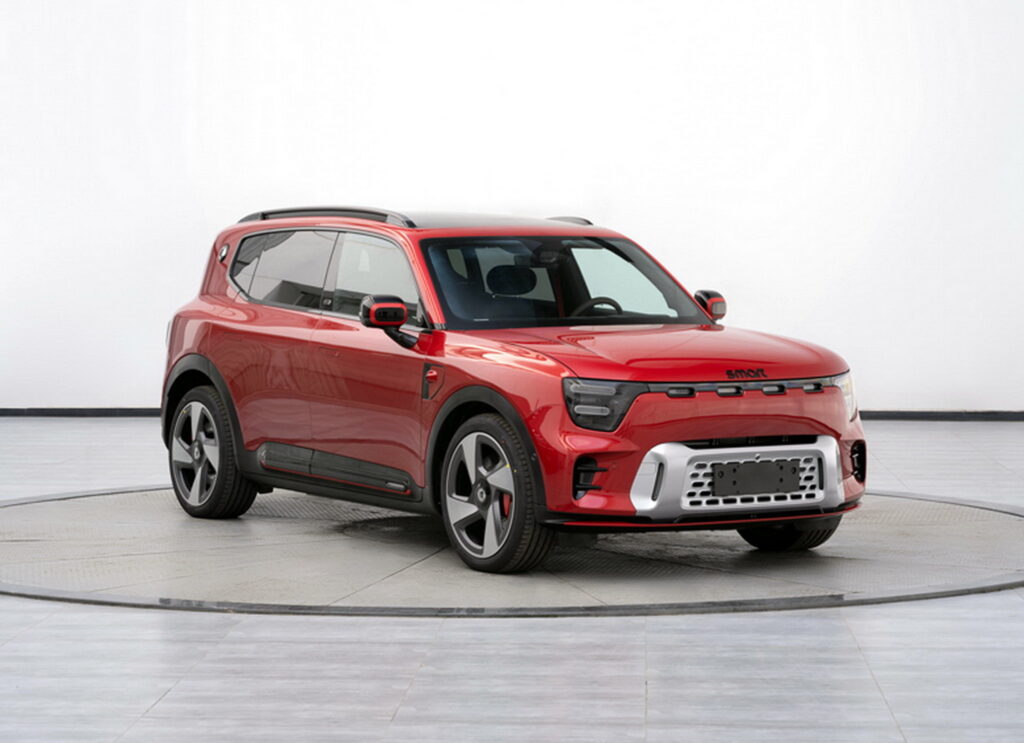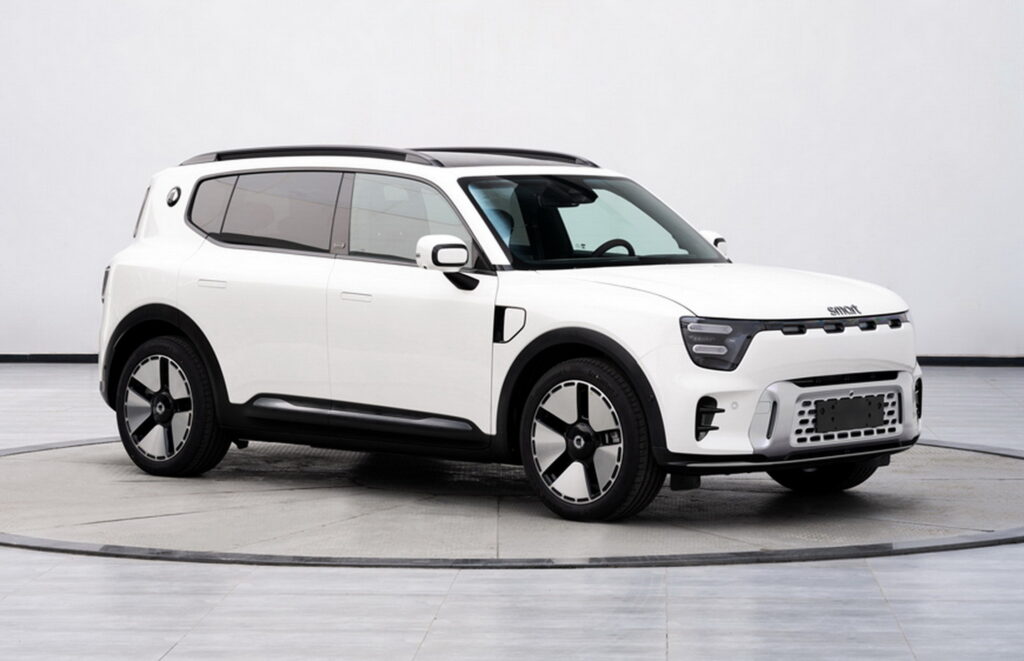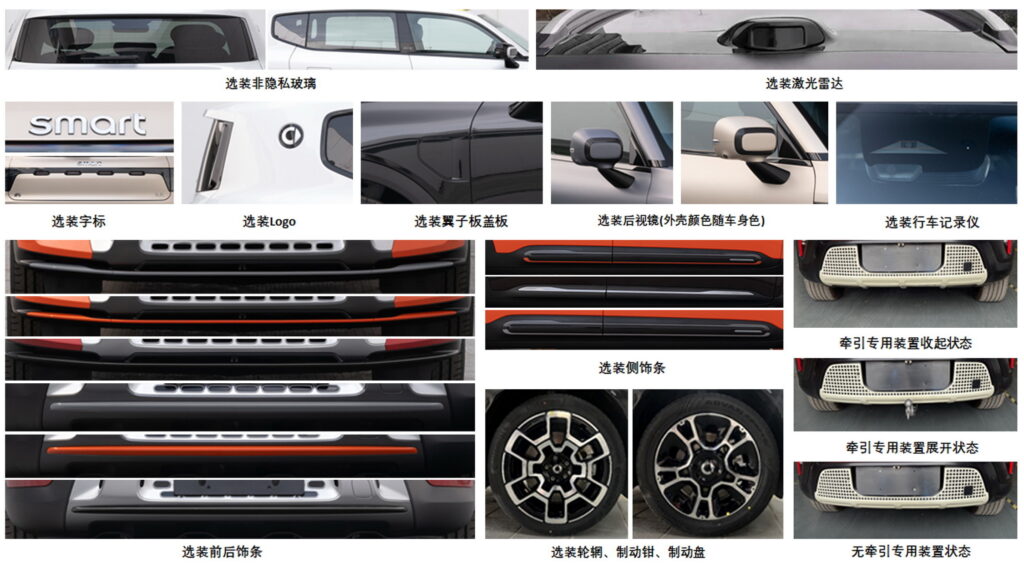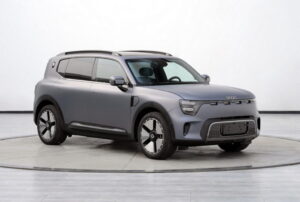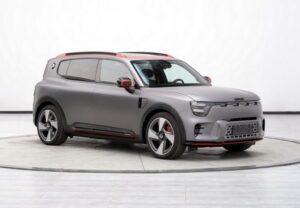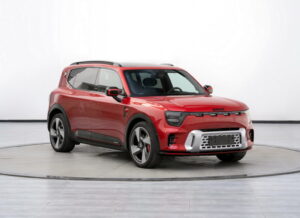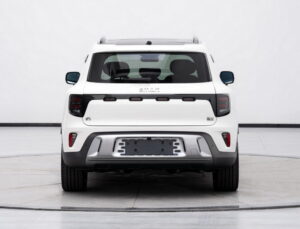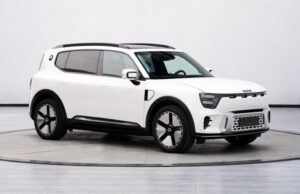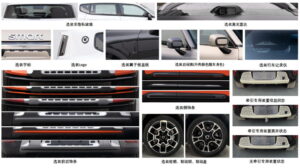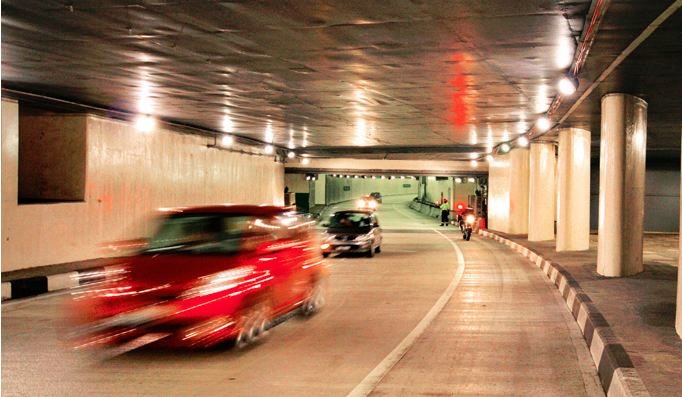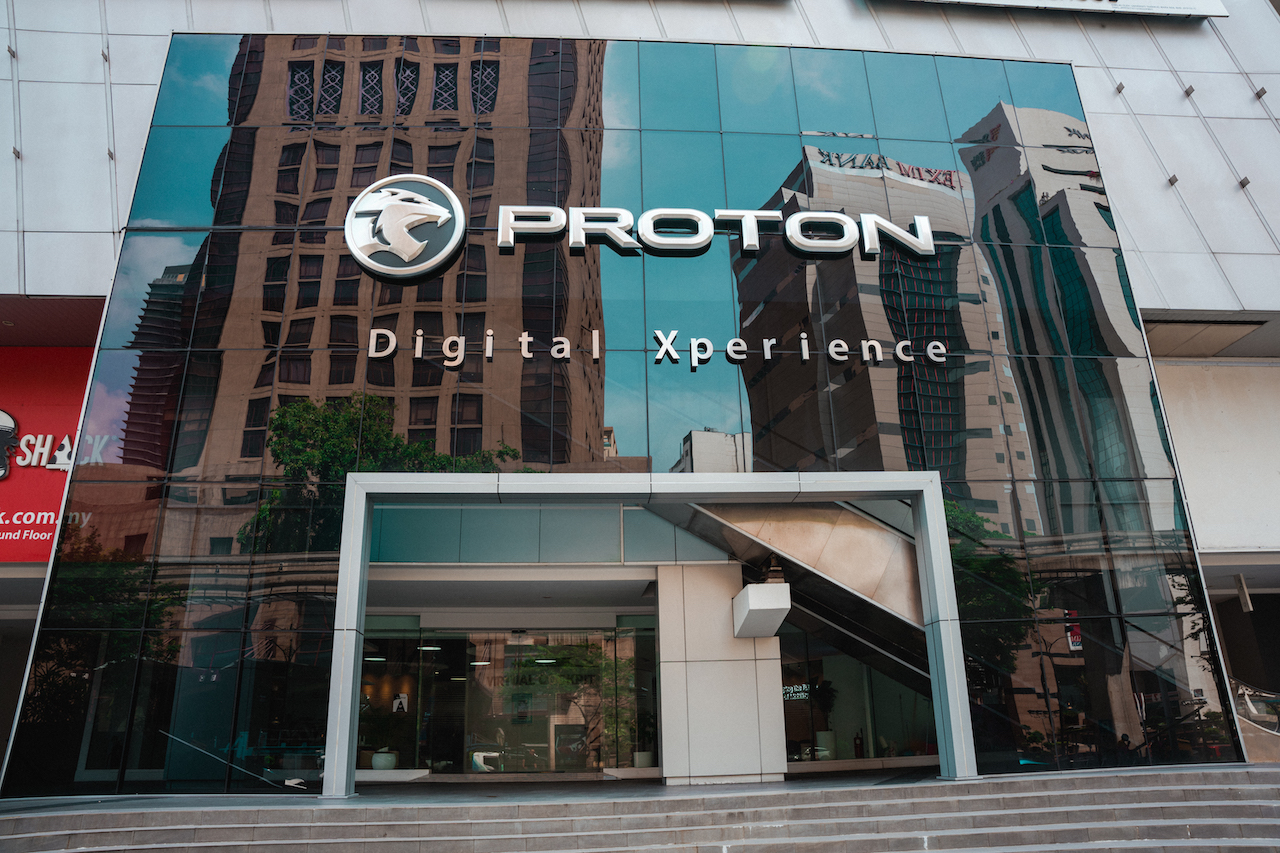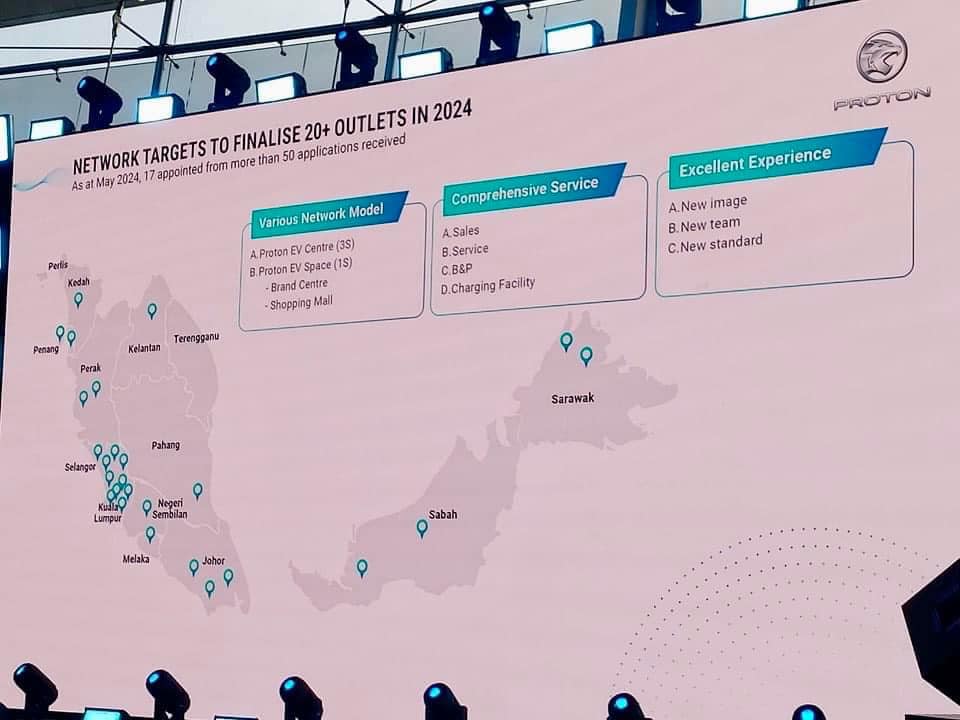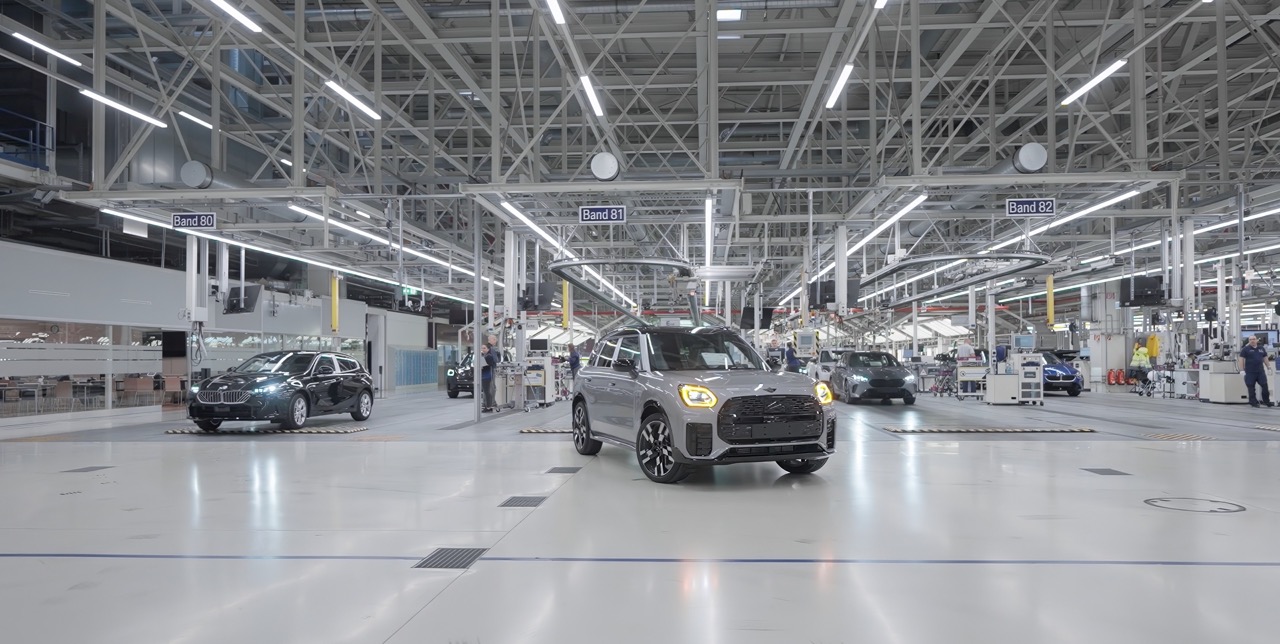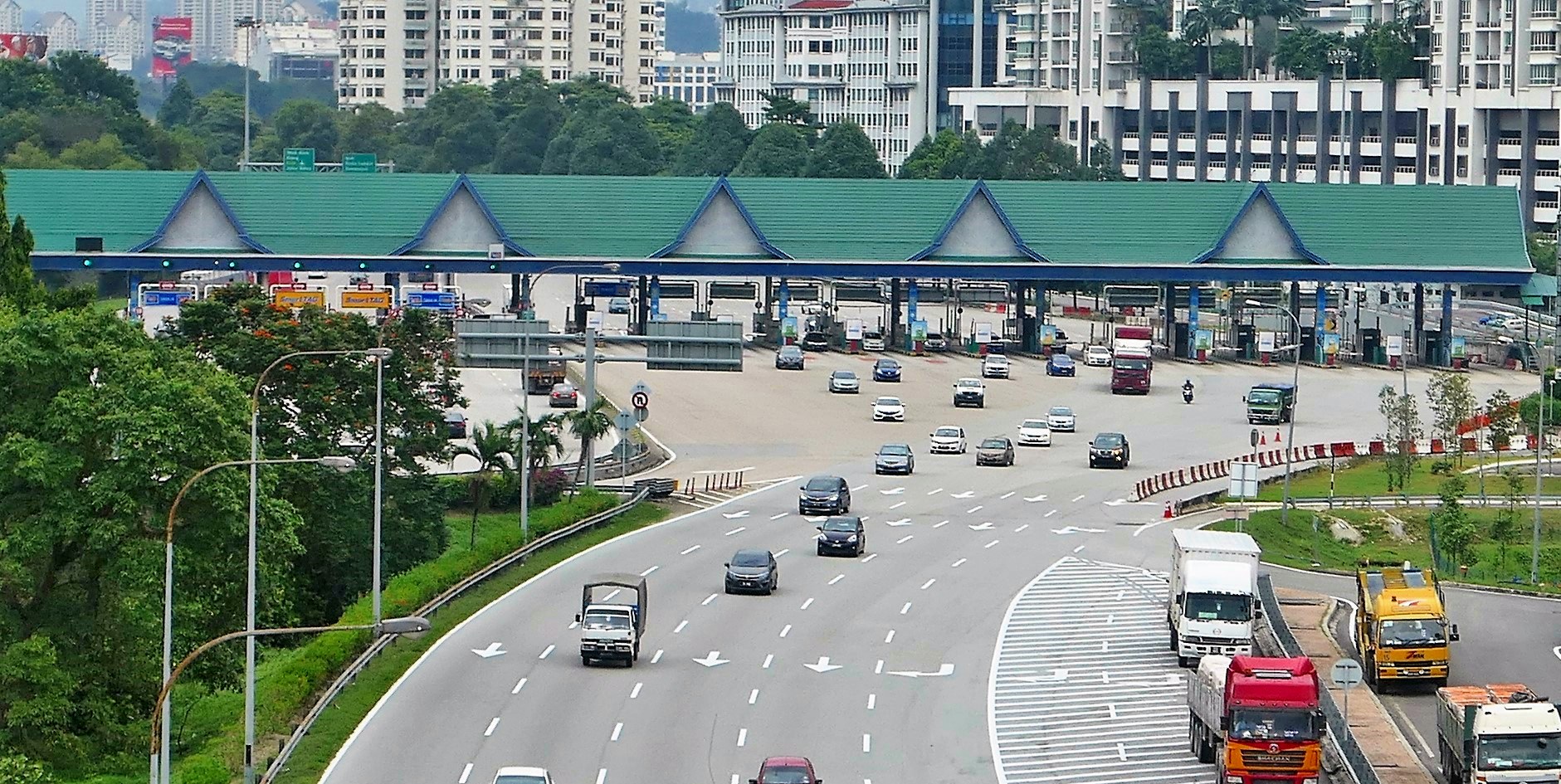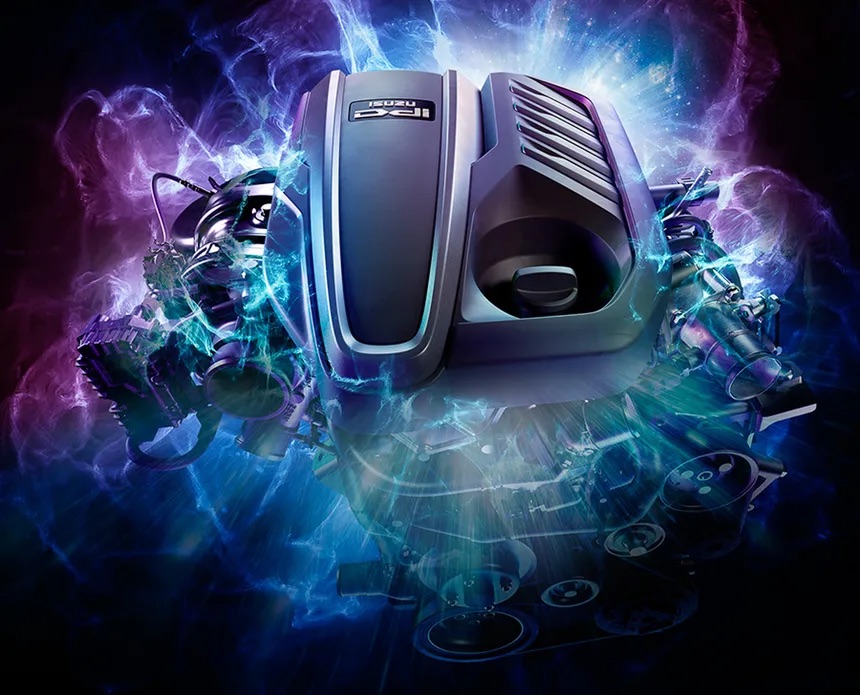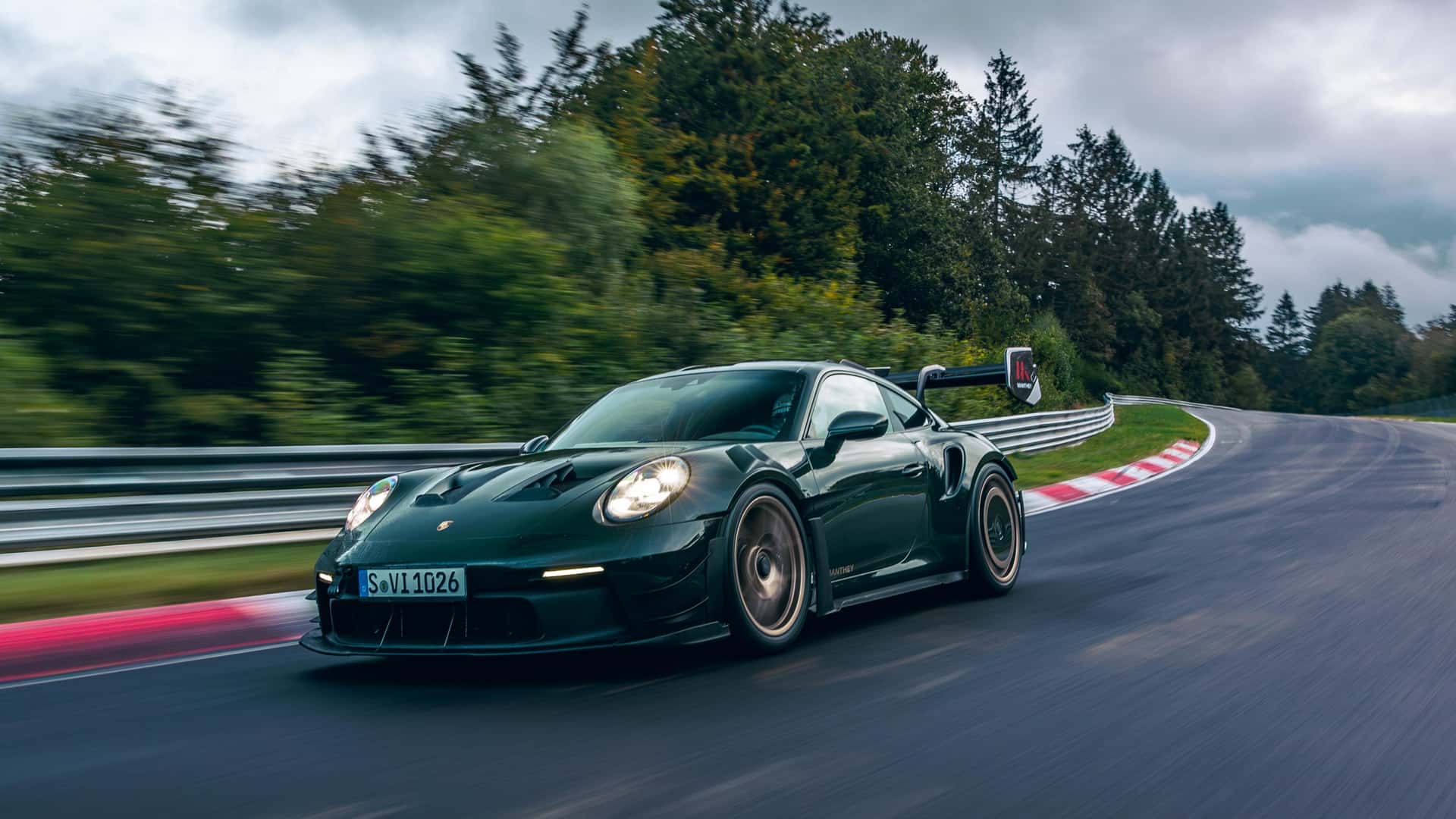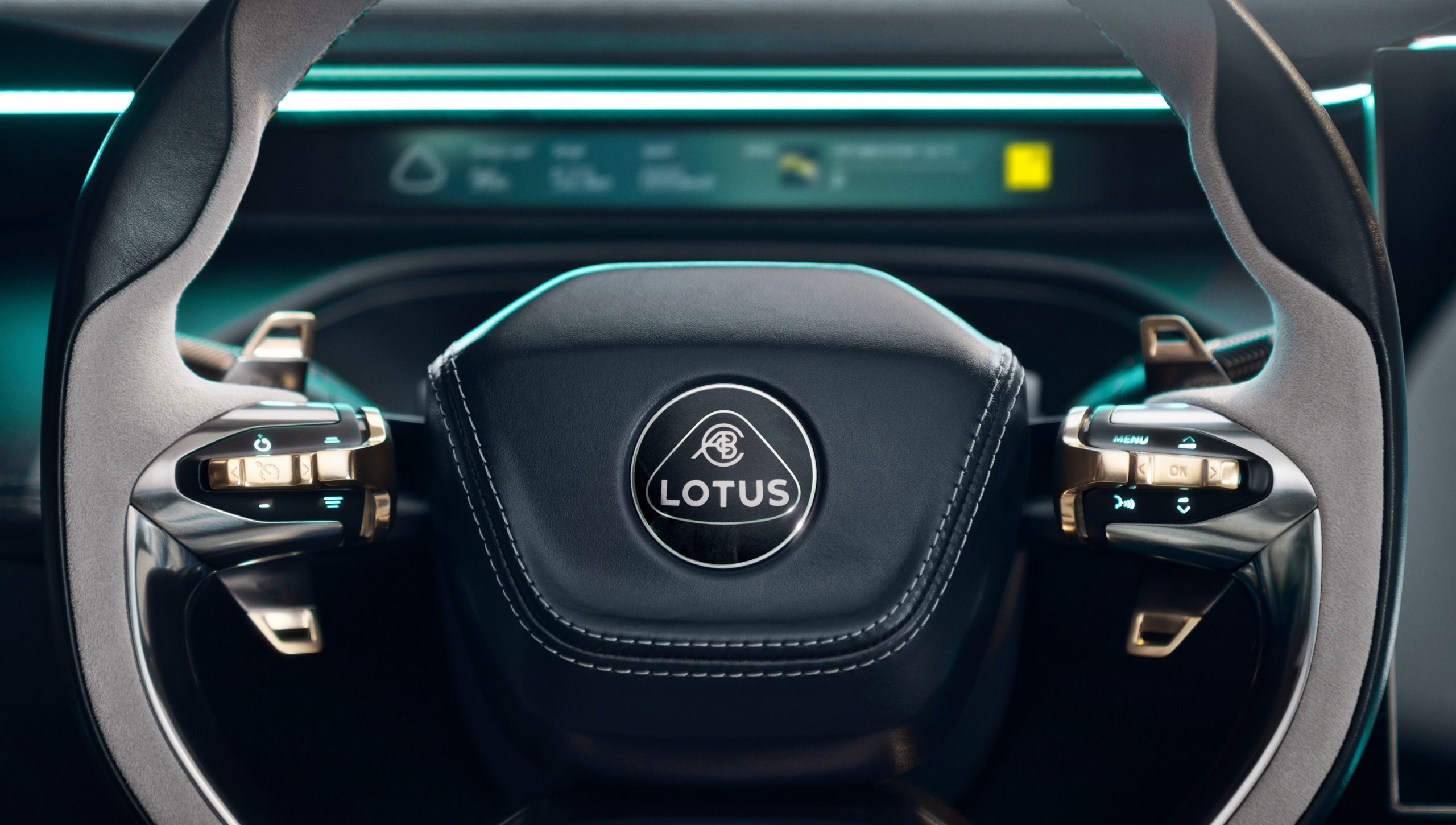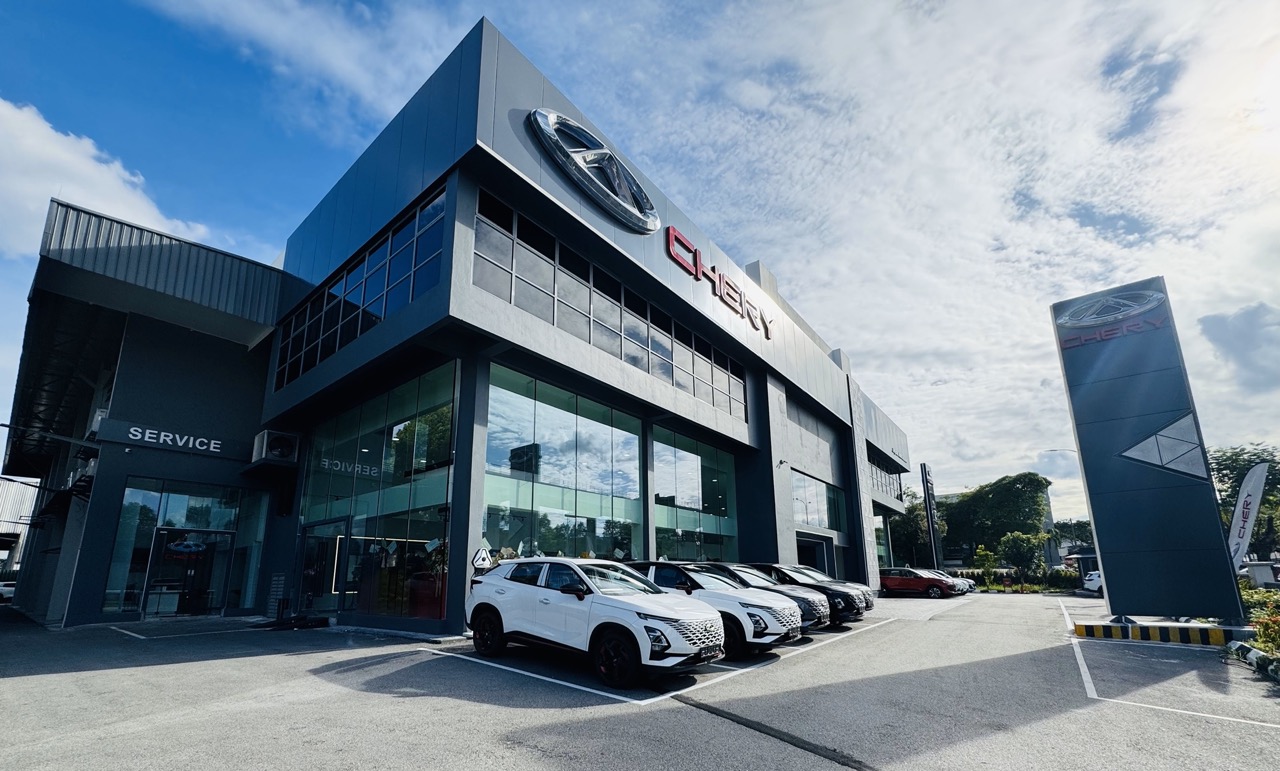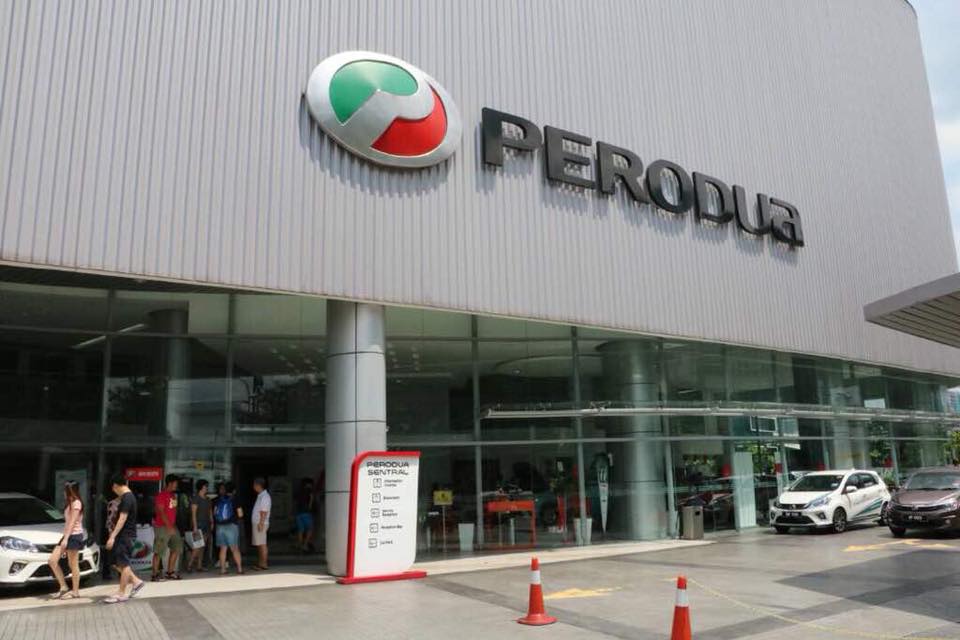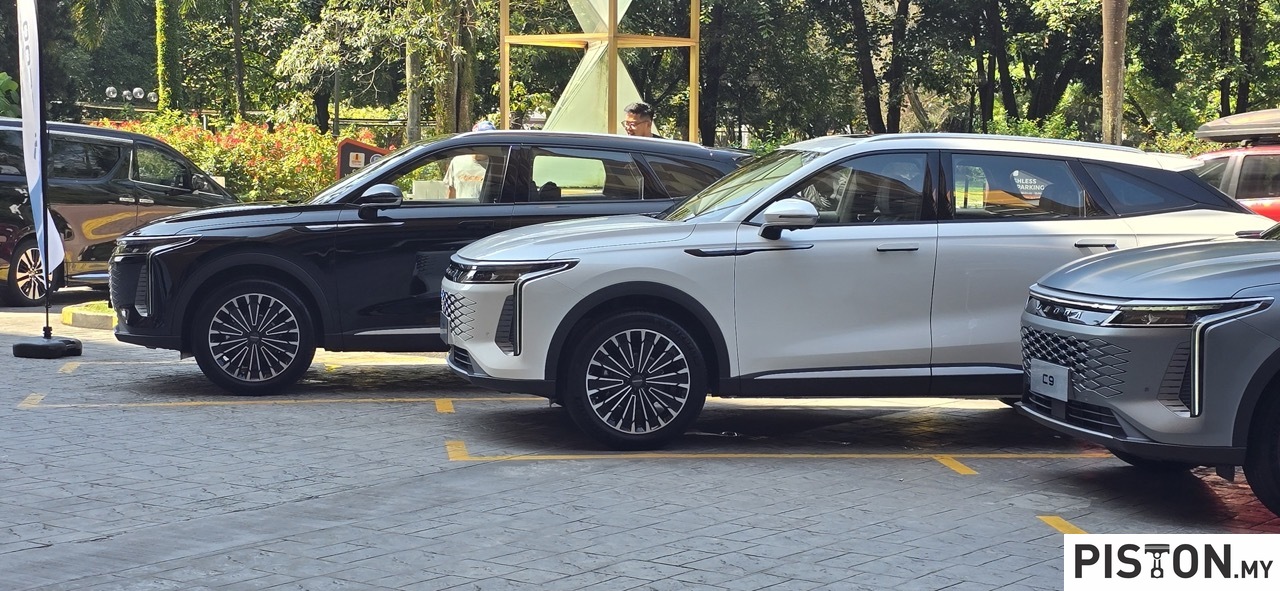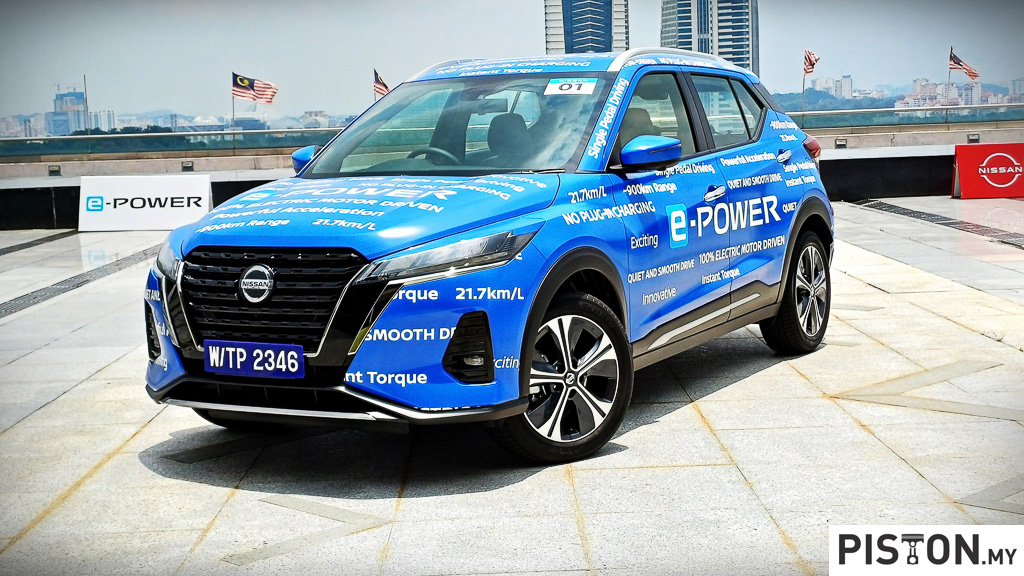The Porsche 718, encompassing both the Boxster and Cayman models, has long been a staple in the automaker’s lineup, offering a more affordable yet highly capable sports car experience. However, it has been clear for years regarding its future, and it seems the transition to an all-electric 718 is imminent. According to recent reports, the current generation of the 718 (the 982) will cease production in October 2025, marking the end of its run as an internal combustion engine (ICE) car.
This information comes from Twitter user Zerin Dube, who shared an image purportedly from Porsche’s dealer portal. The screen capture indicates a bulletin sent to Porsche dealers, highlighting updated product and sales information, including the projected discontinuation date for the current 718 model. This aligns with the expected timeline for the launch of its electric successor, anticipated to arrive in 2025 or 2026.
A Look Back at the 718’s Legacy
The Porsche 718 model line dates back to 1996 with the debut of the Boxster, named in homage to the lightweight 1957 race car. The introduction of the Cayman, the hardtop variant of the Boxster, followed and together, these models have not only matched their market segment but often punched above their weight. Many enthusiasts believe the 718 could have rivalled the 911 in terms of performance if not for the internal brand politics that ensured the 911 remained Porsche’s flagship sports car.
The Shift to Electric
The decision to end the ICE era for the 718 comes amidst evolving automotive regulations and a global shift towards electric vehicles (EVs). Notably, the 718 has already been pulled from the market in Europe due to a new EU cybersecurity law, underscoring the increasing regulatory challenges for traditional combustion engines.
The forthcoming electric 718 aims to retain the core driving dynamics that Porsche enthusiasts cherish. Unlike some EVs that prioritise extreme horsepower and long range, the electric 718 will focus on maintaining a lightweight structure to ensure superior handling and performance. This approach aligns with Porsche’s commitment to preserving the driving experience, even as it transitions to electric powertrains.
Future Prospects
The shift to an electric powertrain might offer the 718 an opportunity to step out of the 911’s shadow. The electric 718 could potentially unlock new levels of performance and innovation, allowing Porsche to explore the true potential of this model without the constraints of internal combustion engines. Additionally, the introduction of a hybrid 911 alongside the electric 718 suggests a broader strategy to modernise Porsche’s sports car lineup while maintaining their storied legacy.
In conclusion, while the end of the ICE 718 marks the closing of a significant chapter in Porsche’s history, it also heralds the beginning of a new era. The transition to electric power offers exciting possibilities for the 718, promising to deliver the performance and driving pleasure that Porsche is renowned for, in a more sustainable and future-ready package.




